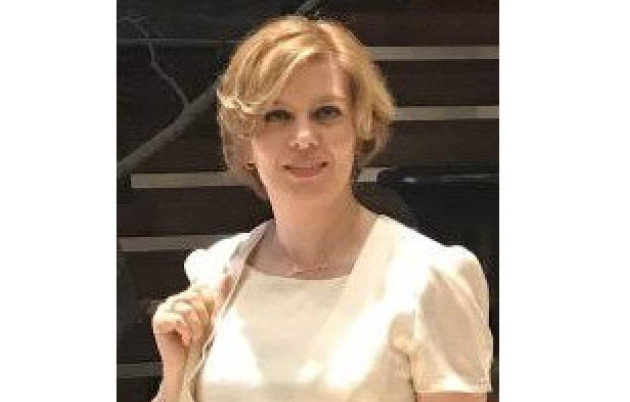 Dr Niloufar Raeis-Hosseini is an honorary research fellow in the Circuits and Systems group. Her research in nanoscale electronic devices brings together materials science and engineering.
Dr Niloufar Raeis-Hosseini is an honorary research fellow in the Circuits and Systems group. Her research in nanoscale electronic devices brings together materials science and engineering.
Nanomaterials experts like Niloufar blend science — chemistry, physics and biology — with engineering. Working at the very limits of materials and their properties at the very smallest scale, their work powers advances in technology from space travel to healthcare.
The features in a nanoelectronic device are less than 100 nanometres in size. 100 nanometres is one ten thousandth of a millimetre.
The transistor is the foundation of all microchip technology and it has been miniaturised to nano-scale levels to fit billions on to a chip. It’s what makes technology like our smartphones possible, but there is a limit to how small we can make them.
I aim to fabricate a tiny electronic device that can store and process information by mimicking the main features of a human brain, including long lasting memory, learning behaviour, and pattern recognition."
“My goal is the fabrication of a new generation of memory devices that work based on resistance change — called resistive switching random access memory — ReRAM or memristor.”
Memristor (memory – resistor) circuit elements can be programmed to have different resistance states meaning they store and remember information as resistance levels, and enable memory and processing in the same device.
Niloufar sees the new opportunity that memristors bring to microelectronics and artificial intelligence. They could pack ultra-fast processing power in a smaller area, with less power consumption, and will enable applications including Internet-of-Things computing or smart medical implants.
“The memristor emerged as a new generation of electronic device that remembers its internal resistance condition according to applied electrical stimuli. My focus is on brain-inspired artificial synapses to achieve highly efficient information processing. A fundamental step in construction of an artificial intelligence is to design synthetic synapses in a physical device that function like a biological neural system. I aim to fabricate a tiny electronic device that can store and process information by mimicking the main features of a human brain, including long lasting memory, learning behaviour, and pattern recognition.”
Inspired by nature
“I am also working on wearable electronics using naturally abundant materials that are flexible, bendable, and can be attached to the skin.” These non-toxic and environmentally benign polymers are found in chitin and potato starch.
The themes of nature, art, harmony and order are an influence and an inspiration both in Niloufar’s work and her life.
“Nanofabrication is a real art. Creating nanoscale features with harmony and designing new nanostructures with hierarchy is more than a research activity. It needs passion and creativity to develop new designs and combine them on an electronic chip. For me it looks like creating a craft!”
“My mother is a teacher and from childhood she ignited the spark of my curiosity about our surroundings and the uniformity and stability of nature. Inspired by nature’s harmony I always had many designs in mind.”
Having successful women in STEM role models and seeing their success stories will encourage more young women into STEM."
Niloufar has overcome some challenges to achieve her success in engineering.
“The major challenge is my gender. It seems it is a belief that women are too vulnerable to be engaged in solving technical problems and have their voice in innovation. During my career I have had to overcome many obstacles to prove gender equality.”
“Women should believe in their abilities and be self-confident. Imperial is the best place that provides opportunity for every individual to succeed. In my opinion having successful women in STEM role models and seeing their success stories will encourage more young women into STEM.”